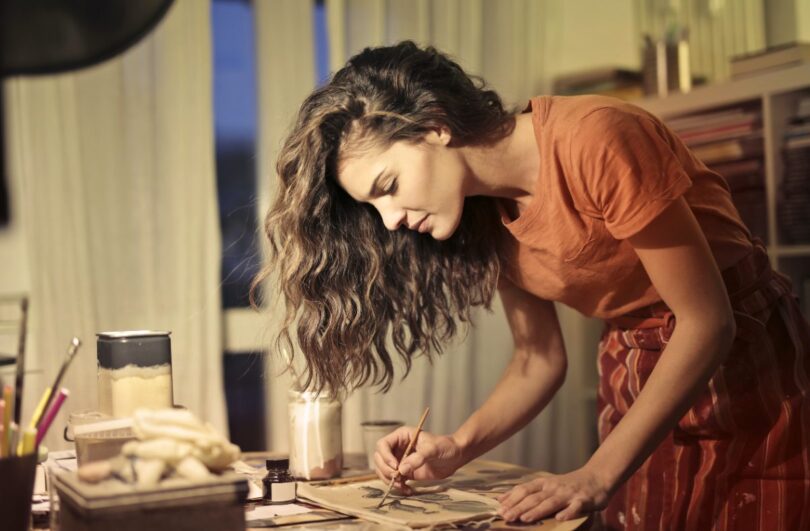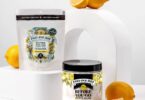Can you imagine a world without any art? Not many people can visualize an empty, colorless world, void of any creative works at all. And this is because we humans are all innately creative in some way. We were all born through creative action, thus, our tendency to create is found deep within.
Creatives, crafters, artists, and makers are all titles we give those who make the things that we love. Whether this is a piece of art that you hang on your wall or a style of clothing that you love to wear, all of these things came from the mind of someone, and without that creative spark, some of our most favorite things would never be brought to life.
If you’re working within the world of creative arts, you probably know that you have many tools at your disposal. Here, we’ll discuss a few tips and tools all creatives can use.
Material Selection
The surface that you’re working on, regardless of medium, will dictate the types of elements that you can use efficiently. While you’re certainly able to experiment and try different materials, there are a few rules of thumb to follow when it comes to selecting materials.
Soft materials tend to have less “tooth” than coarse materials. Whether the material is wood or fabric, there will be an element of tooth to consider.
Coarse materials offer a depth that soft materials will not. For example, while using a pencil, you can draw with various pressures on wood, and each pressure stroke will produce a significantly different result, and this is largely due to the hardness and coarseness of the wood. Whereas if you use the same techniques on canvas, you’ll find that you have to use more pressure or more strokes to get the same result as you do with a wood surface.
Depending on the effect you want to create, consider the hardness and coarseness of your material while planning out your overall design.
Fabrics
Fabrics are fun to experiment with. While you can be creative and draw or paint on fabric, these aren’t your only options by far.
Fabrics are great to use when incorporating labels when you want to integrate expressions or accent a design.. For those looking for iron-on labels, navigate to https://wunderlabel.com/iron-on-clothing-labels/ and check out some of the options.
Fabrics can also be incorporated into canvas, or placed onto any surface using glues or adhesives. This gives a piece a textured feel and offers an artist additional depth when creating a piece.
Paints
When shopping around for paints, you’re going to quickly notice just how many options you have available.
Paints come in their most basic form with just about any brand you’ll find. They also come in premium form and depending on what type of paint it is, you’ll also notice a difference in price and the price is based entirely on the rarity of the materials used for pigment.
For example, oil paints are produced by a much more involved process than acrylics which are polymer-based. As such, certain shades of blue oil paints are made using materials that are often hard to find such as with Ultramarine.
In the past, Ultramarine was only made from Lapis Lazuli, which was mined in Afghanistan, and this could cost up to $30,000 per kilo. In fact, the pigment was so costly that it was used only for painting the Virgin Mary’s robe during the Renaissance. Today, a synthetic version is now largely used in most pigment production, but the process is still costly.
No matter what you’re creating, knowing the attributes of your medium is critical to being able to manipulate surfaces, and use your tools in the most efficient manner possible. By familiarizing yourself with all of your materials, you’ll be able to strategically produce quality products, time after time.
Photo by Photo by Andrea Piacquadio








